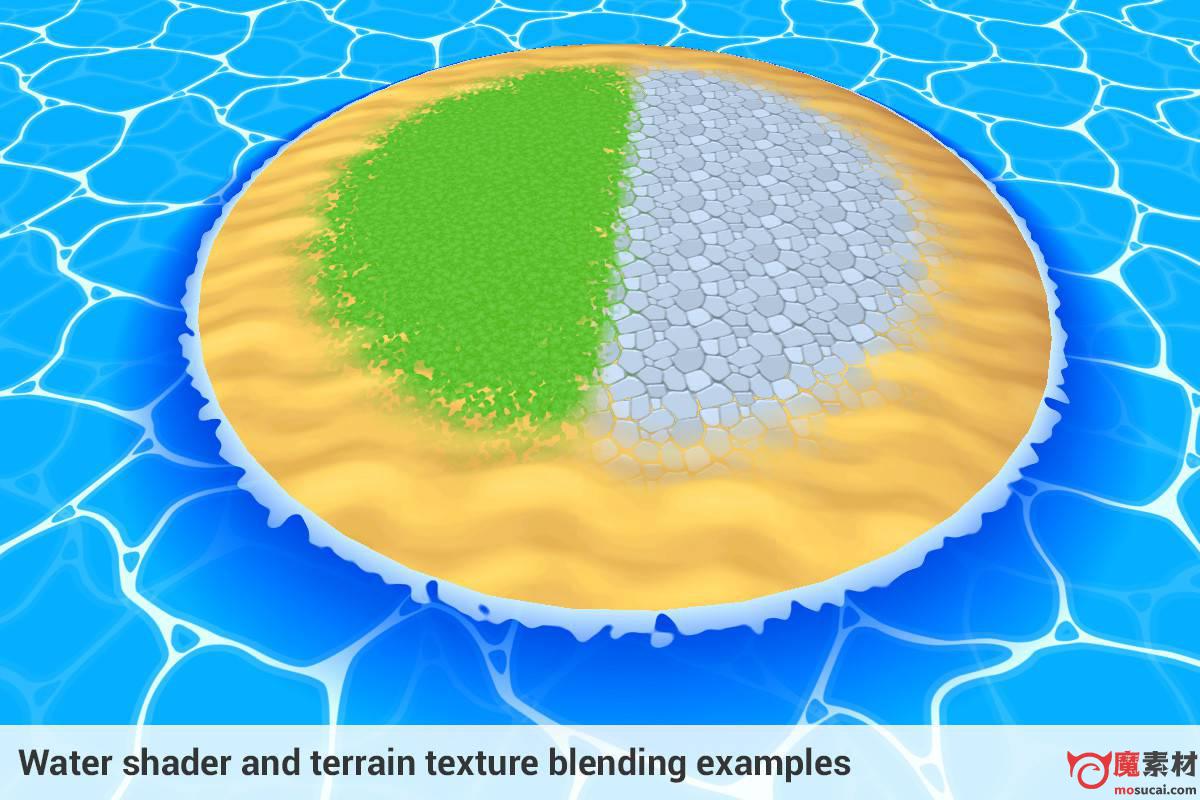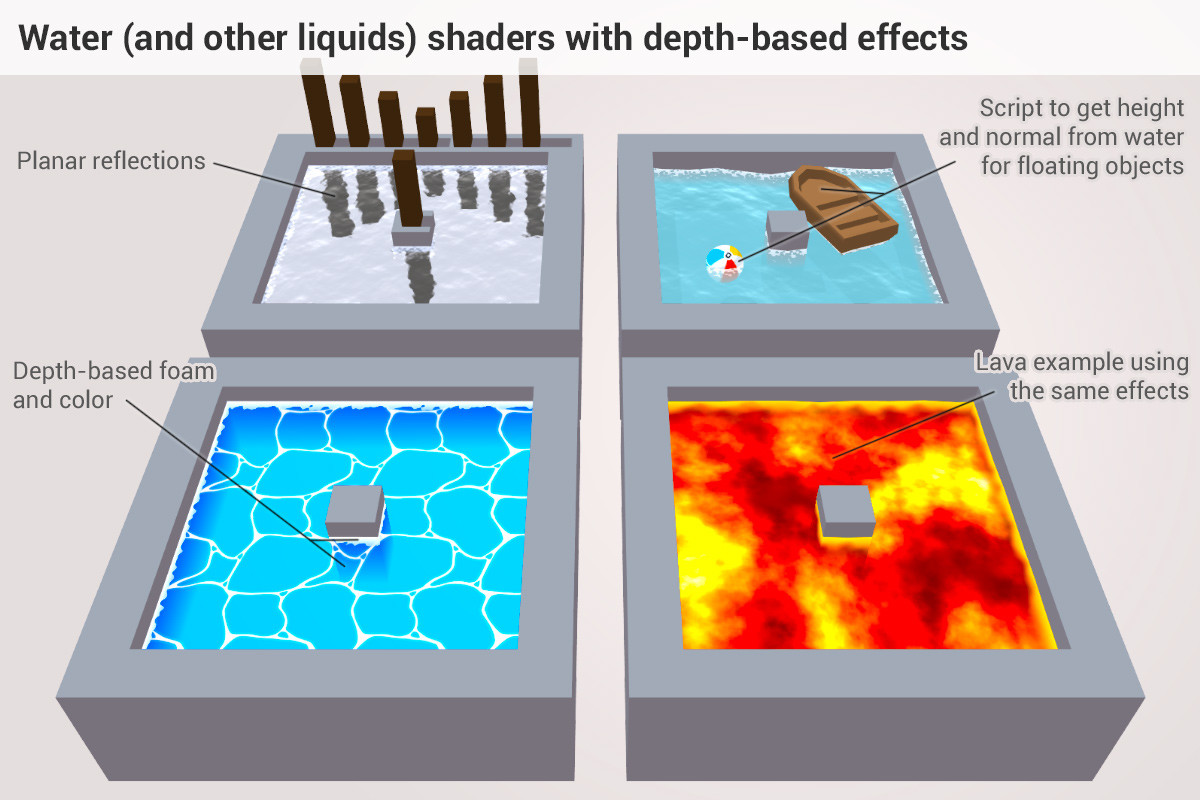

Backface culling is most effective on large primitives. For example, if 5 degree extents are used instead of 30 degree extents, no performance is gained from turning on backface culling and keeping the same view.

Ou bien explicitement signaler qu'on ne veut pas utiliser le backface culling (ou backface removal, ou supression des faces cachées). Backface culling does not always provide gains. Ou élimination des faces arrières (cachées) Un triangle dont les sommets sont placés dans le sens contraire.

World space size of precomputed visibility cells in the x and y. When this is enabled visibility cells will only be placed along the camera track. Precomputing visibility reduces rendering thread time at the cost of some runtime memory and somewhat increased lighting build times. Whether to place visibility cells inside Precomputed Visibility Volumes and along camera tracks for this level. In the World Settings under Precomputed Visibility you'll have access to settings that change how precomputed visibility is generated. Whether the volume is currently enabled or not. Size - The size to associate with cull distance.Ĭull Distance - The distance to associate with an Actor's bounds size.
Toony colors pro backface culling code#
The code will calculate the sphere diameter of a object's bounding box and look for a best fit in this array to determine which cull distance to assign to an object. This should generally be true for all objects and let the renderer make decisions about whether to render objects in the depth-only pass.Ĭull Distance Volumes enable you to specify a range of sizes and cull distances that Actors should no longer be drawn.Ī array listing of Size and Cull Distance pairs used to set the draw distance of objects based on their size within a Cull Distance Volume. Whether to render the primitive in the depth-only pass. This can be used as an optimization to reduce the cost of rendering skyboxes and large ground planes that are part of the vista.

Whether to accept cull distance volume's cull distance values to modify cached cull distance.Įnables this object to be treated as part of the background for occlusion purposes. It is also ignored if it's a child of a Hierarchical Level of Detail (HLOD) mesh. When enabled, this object will not be culled by distance. When a value of 0 is shown, it indicates that this object should not be culled. This value is representative of either the Min Draw Distance or one of the Cull Distances set by a Cull Distance Volume for reference. The "real" max distance is Min Draw Distance (disregarding 0).Ī read-only distance that the object will be culled at. Sets the maximum draw distance for Level Designers. This is measured in world space units (centimeters) from the center of the object's bounding sphere to the camera position. Sets the minimum draw distance at which the object will be rendered in the scene. They enable per-instance distances to be set or whether the Actor is culled using a Cull Distance Volume. Selected Actors in a Level or Blueprint contain distance settings accessed through their Details panel. It can be a helpful reminder if your project relies on precomputed visibility for occlusion. However, they can cause artifacts as objects stop casting shadows at closer distances from the camera.Įnables a warning when there is no precomputed visibility data available for the current camera location. Sets the minimum screen radius for objects to be culled for Cascaded Shadow Map depth passes. Min Screen Radius for Cascaded Shadow Maps However, very large values can degrade performance if large occluders are not rendered. Larger values can improve performance by culling objects more quickly. Sets the minimum screen radius for objects to be culled by the Early-Z Pass. Larger values can improve performance by culling lights more quickly. Sets the minimum screen radius at which lights are culled from view. Disabling occlusion culling can have significant performance implications for your project and levels depending on the number of Actors being rendered.


 0 kommentar(er)
0 kommentar(er)
